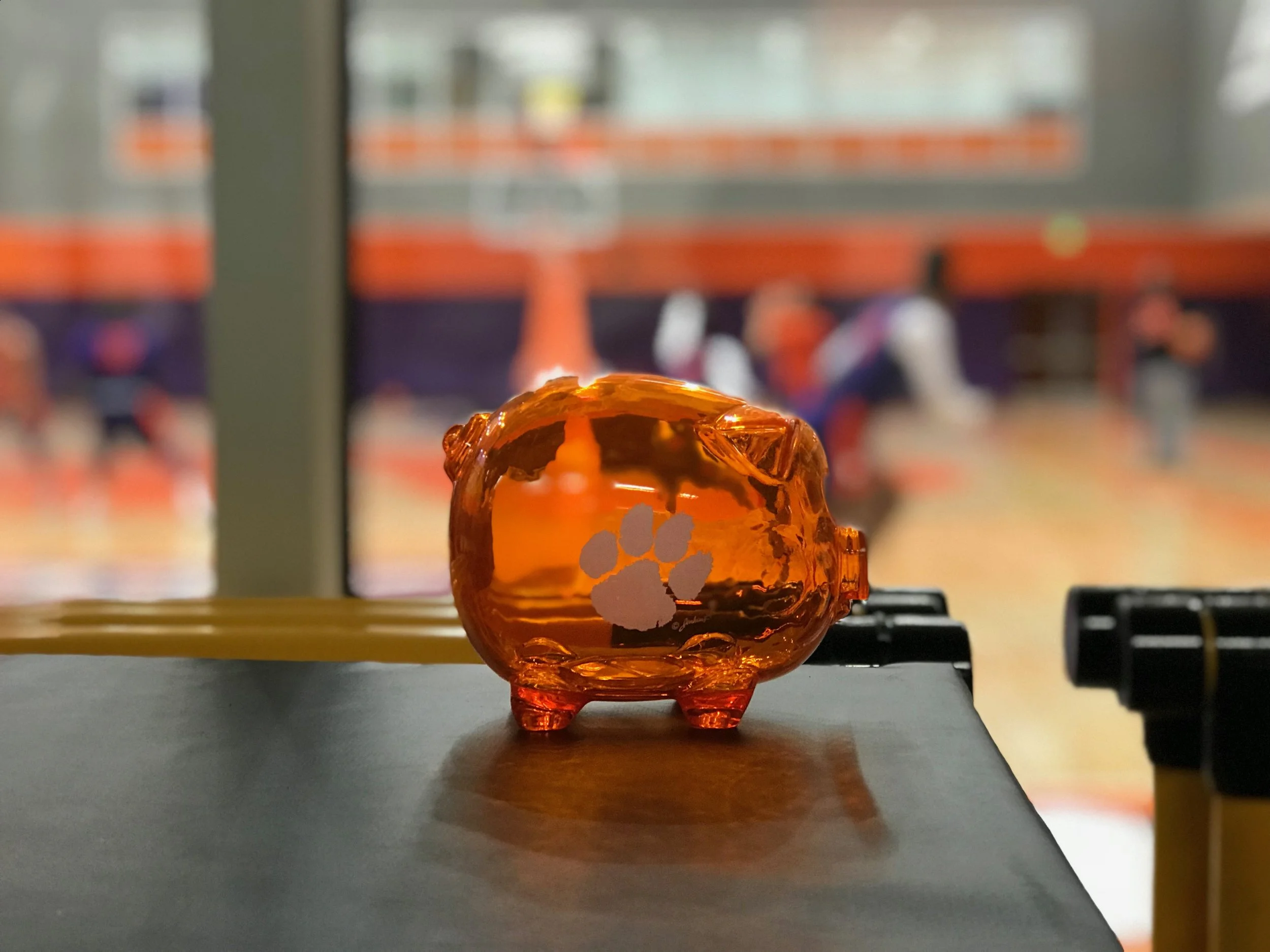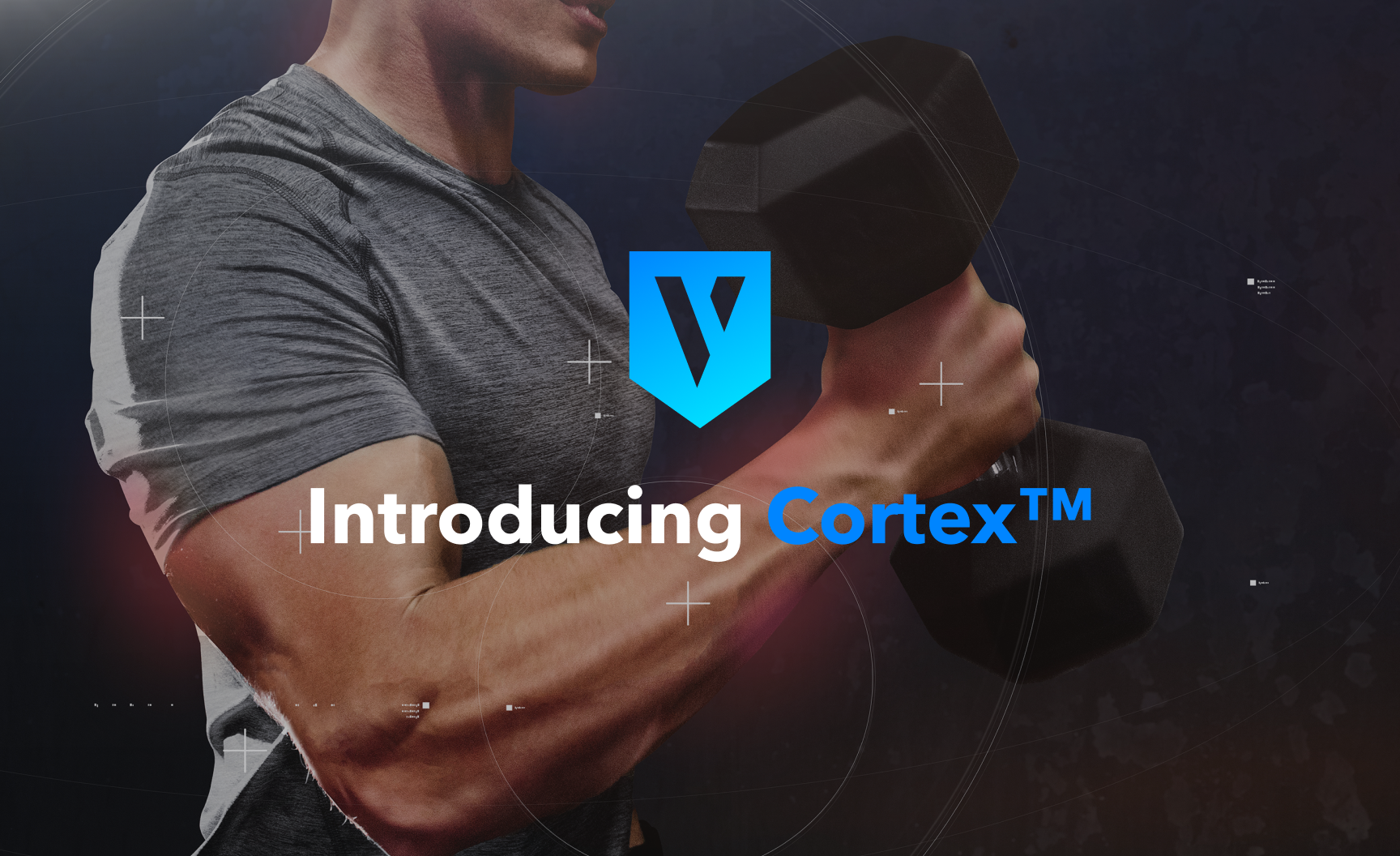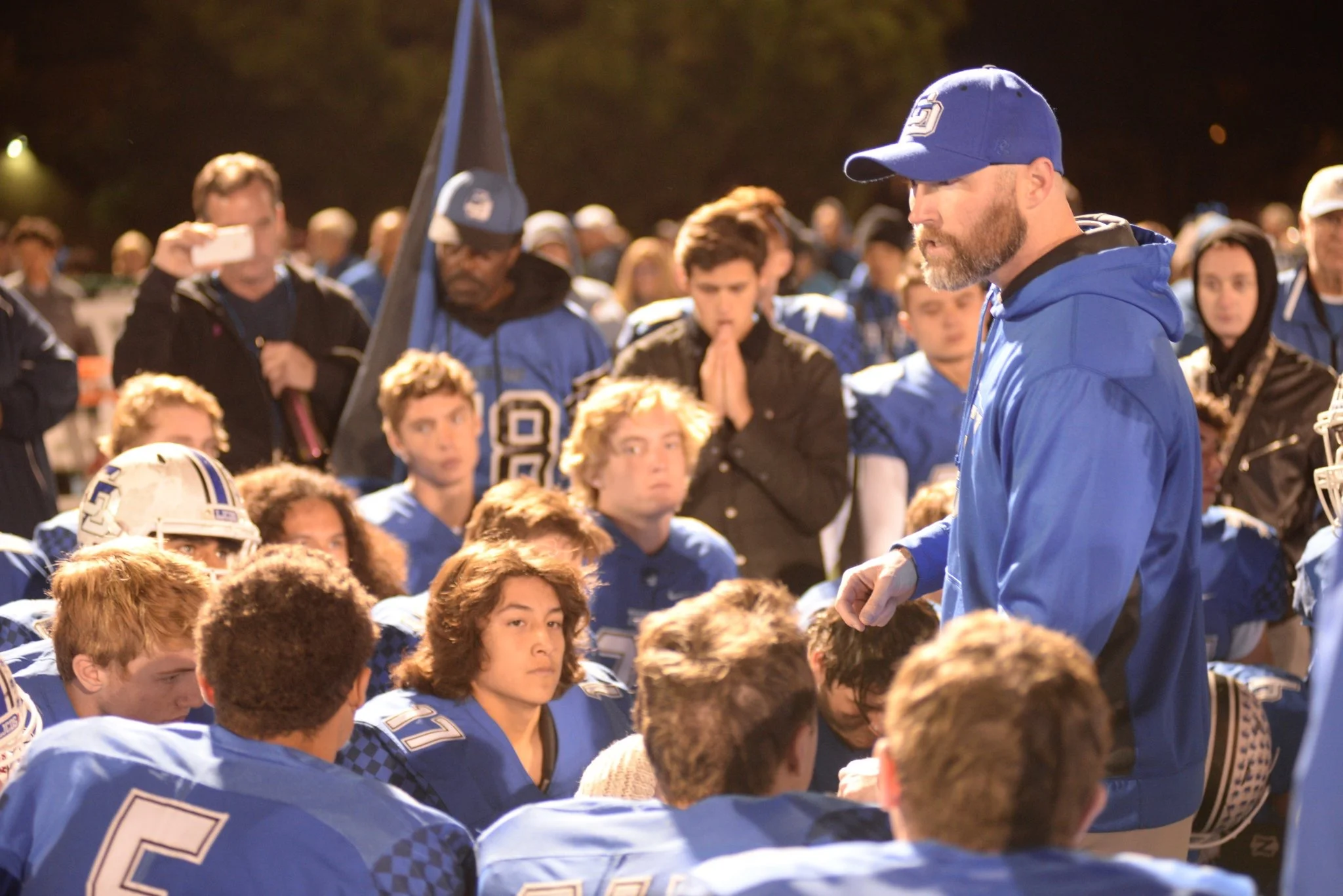Overtraining vs. Under-Recovery: A Paradigm Shift
/“Overtraining” is a buzzword used in the strength and conditioning industry. Often we’re told that overtraining leads to reduced performance on and off the field, delayed progress, and even injury. But does overtraining exist, or is it simply a misused term, describing another aspect of performance that’s often overlooked? Tyler Koch, MS, CSCS, argues that instead of focusing on overtraining, coaches should focus on their athletes’ ability to recover from training.
Read More














